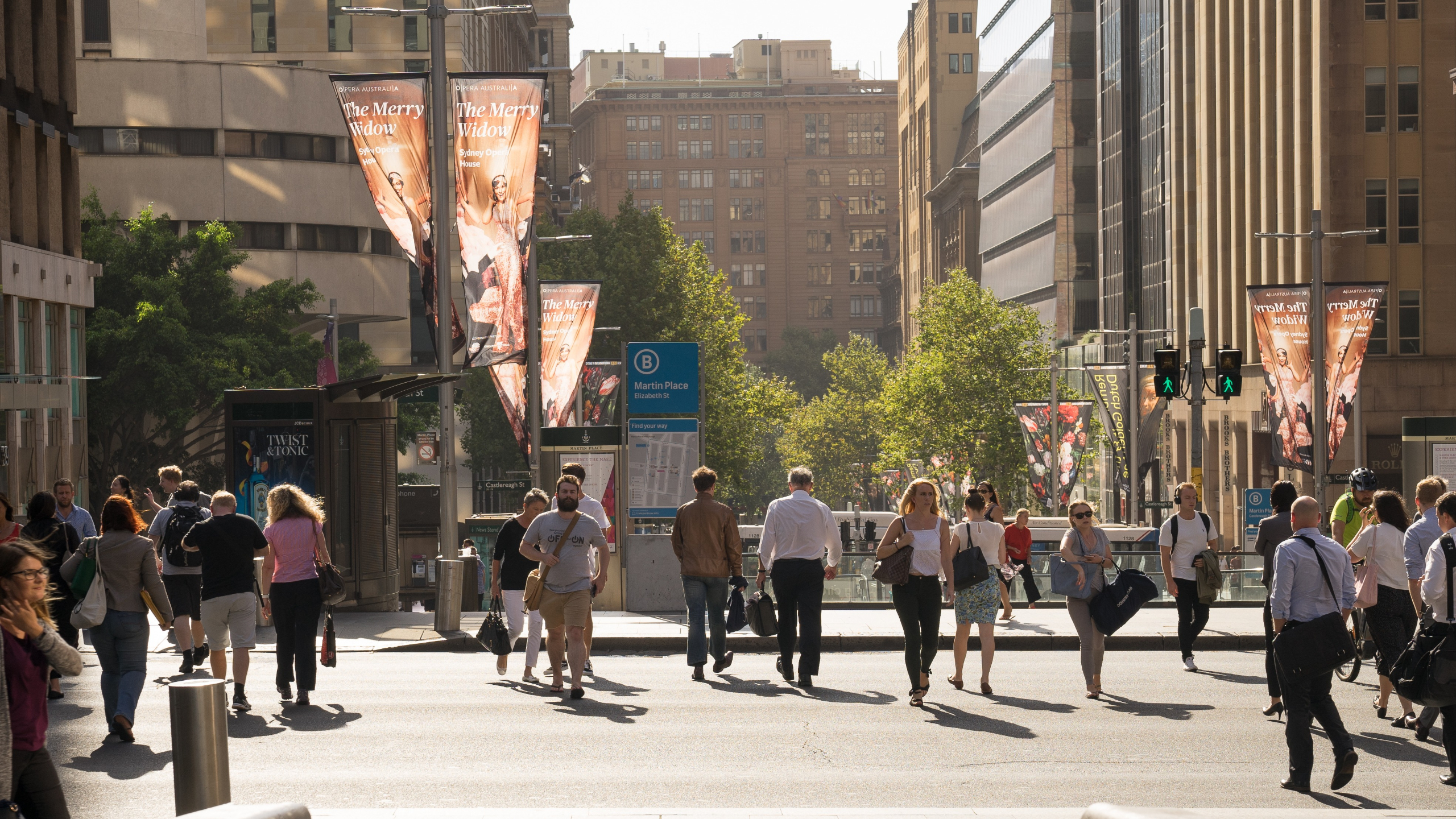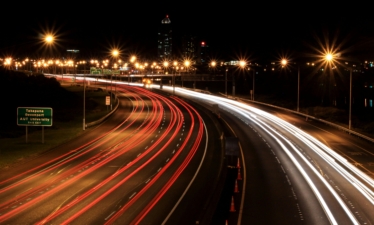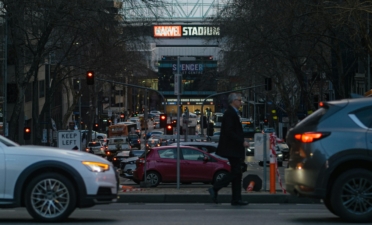As Australia’s cities recover from COVID and seek to establish a new normal, governments, businesses and the hospitality sector are working hard to bring people back to our once-bustling CBDs. In recent months, voucher schemes, free events, and new grants have been launched to encourage more people to both work and play in our cities. Despite these incentives, foot traffic and office tenancy rates have remained lower than pre-pandemic levels.
A survey by the Victorian Chamber of Commerce and Industry exposes transport as a dominant barrier to the return to the CBD for business. In the survey, 34 per cent of respondents said work-life balance was the main reason for not returning to the office, followed by length of commute (31 per cent) and fear of contracting COVID-19 (15 per cent). The cost of travel (5 per cent) was another barrier discouraging employees to return to the office. The key takeaway from this research is that more people would be encouraged to travel into a CBD office if the frustrations of travel were removed.
People’s reluctance to travel into cities is heightened when there is a transport issues, such as a strike, cancellation or delay. While this presents a barrier for commuters, it reveals a unique opportunity for governments to harness new technologies to ease frustrations associated with long commutes and unreliable connections. Mobility-as-a-Service technology (MaaS) can make travel into and around the CBD more seamless and efficient. By bringing together live travel data with multiple modes of transport, users can pick and choose how and when they travel to suit their schedule and minimise delays.
CBD trends
Data related to CBD footfall paints a complex picture which varies state-to-state. The Property Council of Australia’s monthly report (October 2022) shows that the average occupancy rate for offices in Melbourne was just 45% of pre-pandemic levels. In contrast, it was 58% in Sydney with Perth and Adelaide standing at 78% and 76%, respectively, while Brisbane hit 64%.
However, data relating to work appears to be quite different to data relating to play. Latest reports show a record number of new restaurants, bars and other entertainment venues have opened in Melbourne this year, with pedestrian activity recently exceeding pre-COVID benchmarks.
Government incentives
Cities have launched a number of initiatives to encourage people to return to the CBD. Sydney, for example, partnered with businesses to promote a range of free events to employees. Over the border, Melbourne tried to boost foot traffic by offering diners 25% off food and drink. While Perth launched multiple rounds of CBD revitalisation grants.
State governments have developed their own programs. The NSW Government is investing $50 million in the CBDs Revitalisation Program, which include Sydney, Wollongong and Newcastle CBDs. While in November, the Victorian Government partnered with the City of Melbourne to announce $50.4 million to bring more people ‘to the City’s heart’.
The level of funding made available to support the CBD return at a City and State level illustrates the size of the problem. While festivals, events, and broader business initiatives will play their part, it is important to consider how technologies like MaaS can assist in ensuring these initiatives are a success.
Smarter more personalised travel
While there is no silver bullet to combat late trains or roadworks, by using real-time data, MaaS helps to facilitate smarter, personalised travel – in or out of rush hour.
MaaS platforms like Omniway take the complexity out of journey planning, providing an end-to-end travel experience in a single application. Using a unique journey planning algorithm, it gives users the ability to find alternative modes of transport in response to delays, receive real time trip updates, and plan journeys ahead of time. The platform rapidly displays a range of multi-modal trip options incorporating different types of transport to meet specific travel needs.
For example, using Omniway, a user could determine whether a tram or eBike would help them complete the final mile of their journey after arriving at the CBD by train. Or, if based on weather data, a rideshare would be a safer option.
The ability for MaaS platforms to facilitate travel based on preference was proven in a recent eBike trial with Merri-bek Council, which allowed users of our ridePlan app to identify ‘safer’ routes based on road speed and stress level.
Critical considerations
For MaaS to deliver the impacts desired by governments, its adoption and implementation cannot be conducted in isolation. To succeed, it requires a whole-of-network approach. This includes the integration of all transport service providers (car, public transport, bicycle, eScooters), with payment, booking, and a focus on helping a user shorten their commute or trip by finding the fastest and more convenient journey.
Governments will also need to consider how they incorporate the private vehicle. While it may not be seen as the most fashionable mode of transport, accessibility and commuters exercising caution post COVID are factors which need to be accommodated – and can be easily integrated into MaaS journey planning.
To support a successful return to the CBD, the most critical element is speed and quality of service. To facilitate millions of users and trip plans, governments will require a unique technology infrastructure which can deliver data and the best user experience at speed – irrespective of demand. Without this, users will never have the tools they need to be confident enough to leave home, navigate around rush hour, or identify the cheapest and most sustainable transport routes into our cities.
Ultimately, by giving users the ability to plan ahead using real-time updates and data, MaaS platforms can facilitate modes and timing of travel which match both the flexible mindset and work arrangements of modern travellers and commuters.




